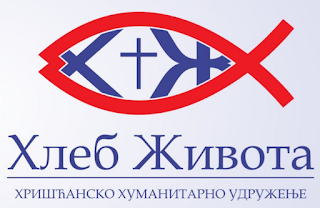Who are the heroes? Part II YU heroes
We lived in Communist Yugoslavia from the fall of 1986 to the spring of 1989. During that time a war was brewing. Slobodan Milosevic was rising to power in Serbia, a republic of Yugoslavia. Serbia had once been the ruling power of the Kingdom of Serbs, Croats and Slovenes after World War I. The Serbs lusted for hegemony once again.
For a decade after Josip Broz Tito, the leader of Yugoslavia from World War II until the 1980s, had died the Union of the Federated Socialist Republics of Yugoslavia had rumbled on, a testimony to his popularity and strength as a leader. But old scores were waiting to be settled.
During World War II Croatian Nazis, known as Ustasha, fought against the Allied Forces of the Serbian King. There were brutal acts of violence. In an area where blood feuds were the norm, there were those waiting on both sides after Tito died to settle the scores.
When Slovenia, the northern and western most republic of the UFSRY withdrew from the Union, Serbia did not act. There were not many Serbs in Slovenia and Slovenia being mountainous would have been hard to conquer.
However when Croatia seceded from the Union, the Serbs rolled the tanks of the Yugoslav People’s Army (the Army of the UFSRY) up to the banks of the Danube in Vojvodina, the northern part of Serbia. There were many more Serbs in Croatia than in Slovenia.
When the Bosnian republic seceded, open war ensured. The Yugoslav People’s Army attacked many places in Bosnia, but particularly Sarajevo, the capital of the Bosnian Republic.
Bosnia was one third Serb. There were enclaves of Serbs in Bosnia which Serbia was not willing to allow to be taken out of the UFSRY. The fighting was bitter and brutal.
Many people were forced to flee their homes when warring factions attacked. Bosnian Serbs began to flee into Serbia. Serbia already strained economically was in no state to absorb the eventual 500,000 refugees. Again in Serbian anyone who flees is a “refugee,” though in the eyes of the international community they were Internally Displaced People. The then still UFSRY allowed various NGOs (Non Governmental Agencies: the Red Cross and UNHCR) to help these “refugees.”
The needs, however, were overwhelming. One friend we knew had ten relatives living in his one room apartment. They had come from the Knin region of Croatia near the Adriatic Sea.
Two women in Belgrade decided to do something. Neither Jasmina or Beba had any experience in dealing with refugees or IDPs, but they saw the needs of the many people who needed help. They began efforts which became the organization known as Bread of Life.
The effort expanded and eventually they were feeding at least a hundred families a month. They not only fed and clothed people, they served them tea and listened to their stories.
They encouraged local Christians in Belgrade to give so that these traumatized people could eat. Jasmina would say, “If you are a Christian, then you have something to share.”
International NGOs began to notice them and help. Mark and Alice came from the Mennonite Central Committee to help these two women. Mark did a lot of book keeping and writing of reports and thank you notes.
The heroes in this case were two women, ordinary people, who decided to do something concrete. They started small, but by God’s grace they gained help and were able to help many thousands of people.
Our individual efforts may be small. We may feel that we don’t have much to offer, but if we start small, say help one immigrant family, then eventually we may find our ability to help expand and we can help more war traumatized people.


Comments
Post a Comment